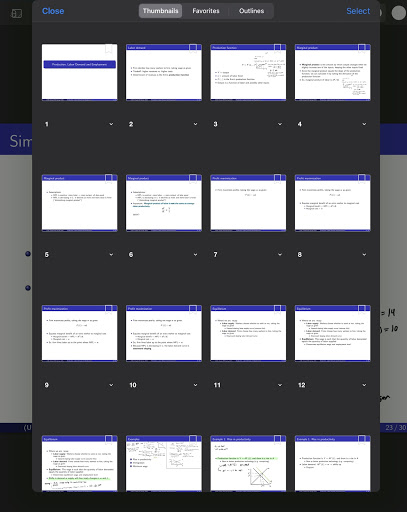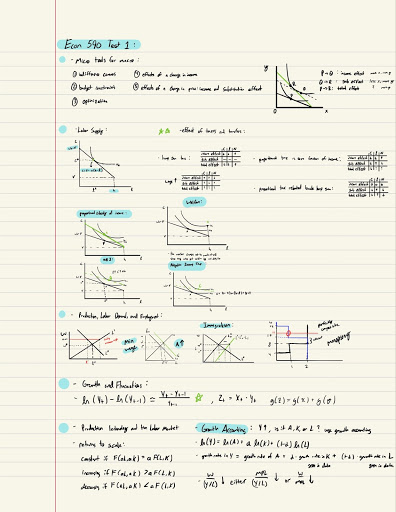Note Condensing: My Preferred Strategy for Memorization
By Caleb, a Learning Center Peer Tutor
When I think back on how my study habits have evolved over my time at UNC, there is one key change that had a dramatic effect on how I prepare for exams. During my first semester, I adopted the strategy of reading textbook chapters, notes, and lecture slides over and over again in hopes that somehow this would magically deposit information into my brain. I also did practice problems and practice exams, but I dedicated a large chunk of time to this strategy of obsessively rereading material. It didn’t take very long for me to realize that once the test was put in front of me, almost all of the information that I thought I had retained went straight out the window. I knew that I needed some way to supplement my approach of doing practice problems with a strategy to retain important concepts and information as well.
In order to meet this need, I started using a strategy that I call note condensing. Essentially this is just the process of taking a large chunk of information from a class and displaying it in a more concise form. For example, in my ECON 590 class, my professor shared six different slide decks that had information for the first midterm. I went through all six slide decks and any time there was a formula, graph, or definition that I thought would be important, I put it on my condensed notes. As you can see in the pictures below, I started with hundreds of slides and ended up with a set of notes that had all of the most important bits of information that I might need on the exam.
An example of one of the slide decks that I used to create my set of notes.


From there, I took my already condensed notes and made them even more concise by fitting all of the information onto a single sheet of printer paper. For my set of ECON 590 notes, I took some of the extra explanations and definitions out and decided to keep the graphs, formulas, and tables. This process forces me to find ways to break concepts into smaller and more manageable chunks. Recognizing the most important aspects requires me to truly understand the concept. The process of rewriting information multiple times also helps me create a stronger memory of the concept that is much easier to recall on the day of an exam.

One benefit that I did not necessarily foresee when I first started using this strategy of note condensing is the visual aspect. I quickly found that creating a study guide using only one sheet of paper allowed me to create a link within my brain between a given topic and where it was physically located on my study guide. For example, on my ECON 590 study guide, I would remember that the graphs for different types of transfer programs were on the bottom of the front page. Having this association allowed me to visualize what the graphs looked like or recall a specific formula when I was struggling to remember it on the exam.
This strategy has also been immensely helpful during online classes that often have open-note exams. I have found it all too easy to be overconfident on open-note exams just to end up wasting tons of time flipping through all of my notes trying to find a concept instead of using that time to answer questions. Having a condensed set of notes to quickly reference makes it much easier to manage my time on open-note exams.
Note condensing isn’t a full replacement for other strategies, and it also isn’t the only strategy I use when preparing for my exams. However, I have found that always having my condensed notes in the back of my mind allows me to feel like I have a safety net to fall back on when I start to get lost on a test. Using this strategy has been a much more effective alternative to repeatedly re-reading my slides and textbook. When I combine this strategy along with doing as many practice problems as I can, I feel extremely prepared for whatever my professor may decide to put on the exam.
This blog showcases the perspectives of UNC Chapel Hill community members learning and writing online. If you want to talk to a Writing and Learning Center coach about implementing strategies described in the blog, make an appointment with a writing coach, a peer tutor, or an academic coach today. Have an idea for a blog post about how you are learning and writing remotely? Contact us here.

